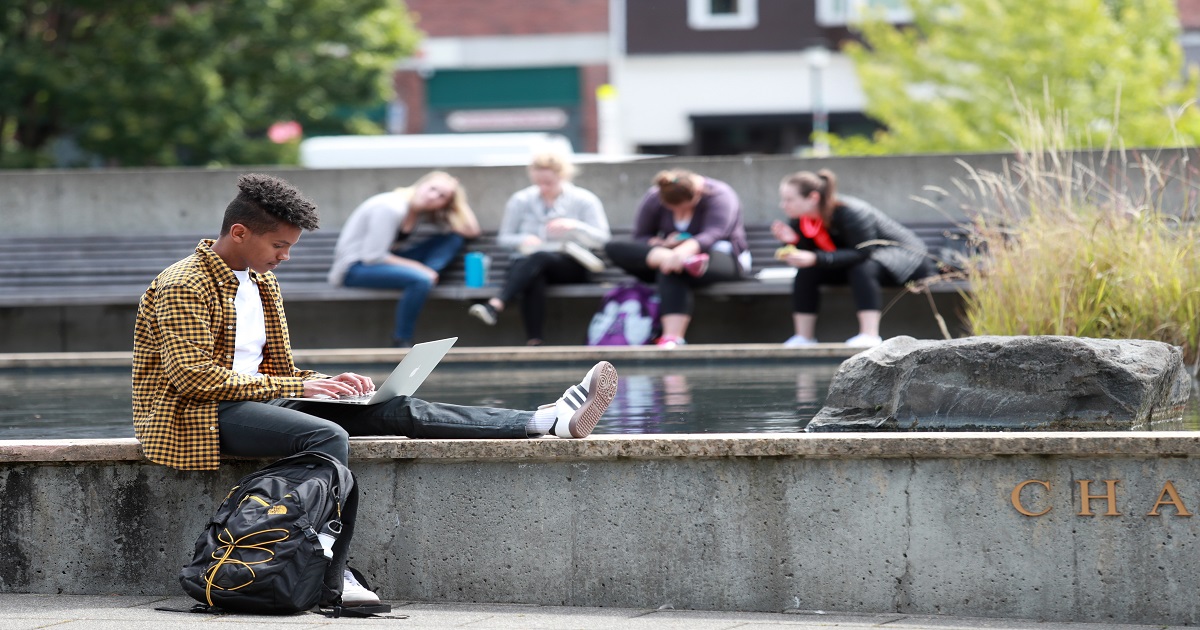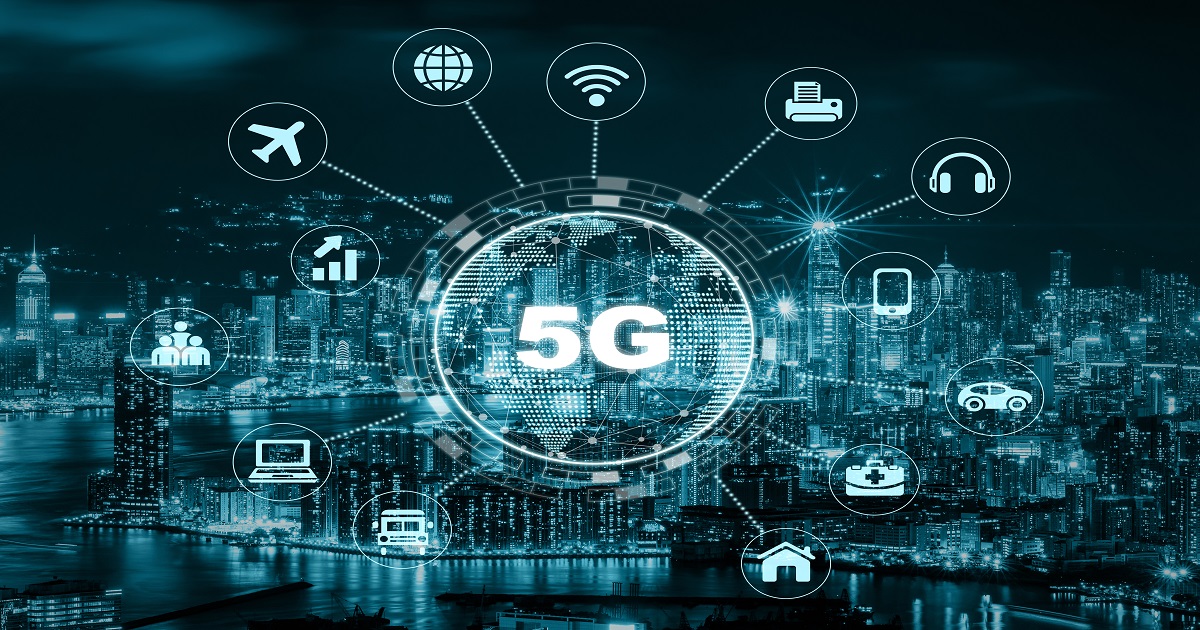
The Citizens Broadband Radio Service (CBRS) refers to 150 MHz of spectrum in the 3550 MHz to 3700 MHz range, 3.5 GHz to 3.7 GHz. The United States Federal Communications Commission (FCC) had initially designated for sharing among three tiers of users: incumbent users, priority access license (PAL) users, and general authorized access (GAA) users. However, roughly two years ago, in April of 2020, the US Federal Communication Commission began auctioning off the Citizens Broadband Radio Service (CBRS) spectrum.
For the first time, the availability of low-cost, shared wireless spectrum using the CBRS in the 3.5-3.7 GHz band allows enterprises to own and operate private LTE and 5G networks. Private networks enable mobile and fixed wireless broadband access across a variety of innovative cases, providing enhancements regardless of the industry it’s leveraged by.
CBRS has quickly become sought-after by organizations of all shapes and sizes, as it helps overcome the limitations of WiFi and provides a more efficient option for large commercial enterprises. CBRS helps enable enterprise apps that require real-time decision-making at the edge and demand AI-based learning models in the cloud. Such apps automate traditionally manual tasks at work and enable workers and employees to immediately get access to useful insights.
However, one sector in particular where the adoption of the CBRS spectrum can have a notable impact is education, especially at the university level. For higher education institutions, the many applications CBRS enables include things like smart campuses to the internet of things (IoT) sensor networks, extended coverage for campus Wi-Fi, fixed wireless services, and support for research testbeds.
Even more so, with the adoption of classes that are part in-person and part online, the use of CBRS can offer schools guaranteed latency & bandwidth for staff, students & logistics, and can eliminate fiber and LAN dependency within campuses. A number of districts connected their students to carrier networks using hotspots during the pandemic but found that the hotspots did not have the bandwidth to keep multiple students connected at the same time, and in addition, the districts are now facing huge phone bills from their carriers.
CBRS spectrum adoption can also help universities create “smart” classrooms for the benefit of both students and professors. By leveraging CBRS LTE networks, schools and universities can equip their physical campus spaces with better digital capabilities. Students and professors can utilize augmented and virtual reality (AR & VR), better video streaming, and smart boards and podiums to make learning more interactive and productive.
“Our favorite programs are focused on K-12, higher education because they can have such a great impact,” said Chris Swan, Chief Commercial Officer at Federated Wireless. “We’re solving the digital divide problem while also liberating students, faculty, and communities with high speed, low cost private wireless networks.”
Experts predict that by the end of the year, the firm predicts annual investment in LTE and 5G NR-based CBRS RAN infrastructure will be more than USD 300 million and that the compound annual growth rate (CAGR) will be approximately 52 percent between 2020 and 2023. This comes as no surprise given the benefits the spectrum can offer, as even in education alone, enterprises are increasingly attempting to find ways to provide CBRS to universities to improve the learning experience for everyone involved.
Recently, Internet2, Duke University, DISH Wireless, and Cisco announced the launch of a neutral host network pilot for higher education institutions using Citizens Broadband Radio Service (CBRS) shared spectrum.
“Every college and university has experienced dramatic increases in wireless needs from our mobile-first communities. Rather than providing two separate infrastructures throughout our campuses — cellular and Wi-Fi — the holy grail has always been for a single, common network delivering both cellular and high-speed private Wi-Fi,” said Tracy Futhey, vice president and chief information officer, Duke University. “The recent availability of CBRS, together with our collaboration with Internet2, DISH Wireless, and Cisco, makes this vision a reality by delivering a private Duke wireless network over the carrier-grade cellular infrastructure that stretches throughout our campus.”
Private mobile networks can better and more efficiently serve mobile subscribers, including on-campus students and faculty, via a radio access network (RAN)-sharing agreement between mobile operators and universities, also referred to as a Neutral Host Network (NHN).
To implement a Neutral Host Network using CBRS on campus, Internet2, Duke University, DISH Wireless, and Cisco are collaborating to pilot this solution, validating the feasibility of a scalable, multi-tenant, architecture with CBRS. The trial will launch in Summer 2022.
The Neutral Host Network will integrate Duke University’s private network, powered by Cisco’s Private 5G as a service platform and Internet2’s upgraded fifth-generation national research and education network, with DISH Wireless’ 5G network.
This innovative collaboration emerged from a new Future Wireless Working Group (FWWG) established by Internet2 in March 2020. The FWWG convened multiple university chief information officers and technology leaders to consider the impact, challenges, and opportunities for community-wide collaboration to evaluate and implement emerging wireless technologies, such as 5G, in higher education. These technologies will support higher education research and development initiatives and enhance campus services.
“We are excited to help our higher education members evaluate the use of advanced wireless technologies across a variety of innovative uses,” added Howard Pfeffer, president, and CEO, Internet2. “Our operational capabilities for services, such as eduroam Wi-Fi roaming and our fifth-generation national research and education network, combined with our role as a convener allows Internet2 to bring together and enable unique collaborations between universities and leading industry providers.”
Neutral Host models are already beginning to pop up at universities throughout the country. Apart from the one being deployed at Duke, David Broecker, Chief Innovation and Collaboration Officer, Purdue Research Foundation, and Dr. Mohammad Shakouri have also developed, and have in place, a Neutral Host model at Purdue University. The network has CBRS, edge computing, fiber throughout, and even offers an innovation lab too.
To learn more about how CBRS can enhance not only educational institutions but enterprises of all industries, a session will be held that details the endless possibilities CBRS spectrum have to offer for education and other verticals. This session will be one of many being held at the Enterprise 5G Live Event in Atlanta, Georgia, from April 25th-27th.
Edited by
Maurice Nagle





